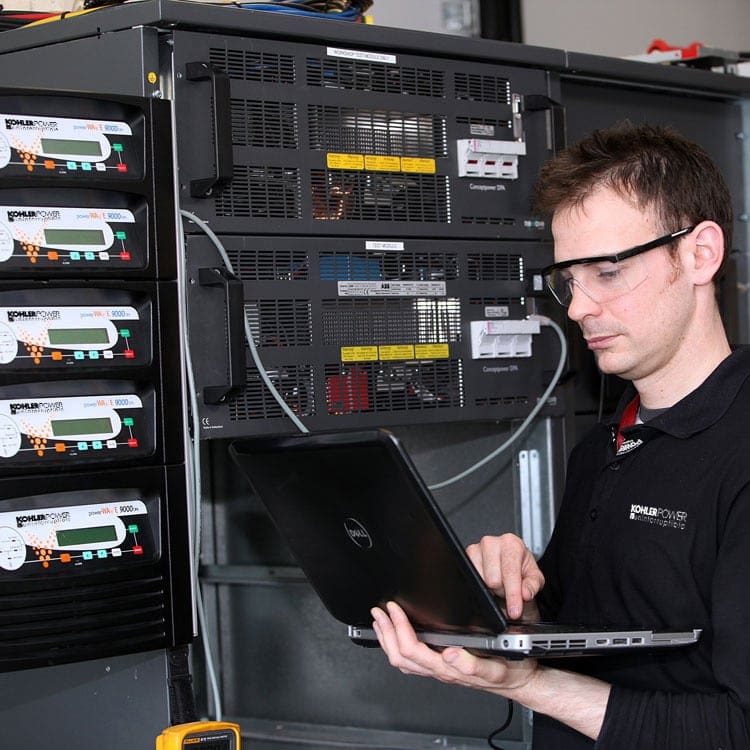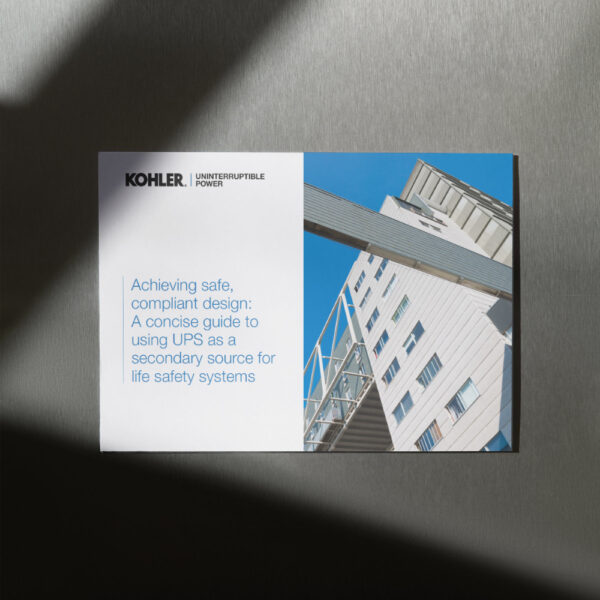IT or data centre users who purchase an Uninterruptible Power Supply (UPS) realise the importance of buying a product from a reputable supplier that’s good-quality and correctly specified for its supported load. However, while buyers expend great effort on this purchasing decision, sometimes less thought is given – initially at least – to selecting an appropriate service plan. We encourage users to reconsider this, as in their experience a well-specified professional service contract is as vital to the UPS’s reliability as the quality of its design and components. Below, we show the reasons for this by looking at likely sources of UPS failure, and at how the right service plan can prevent these potential risks and their threat to uninterruptible power supply uptime.
Risks and how to meet them
Bad batteries are responsible for typically 20% of UPS failures. Premature failures can be disastrously unexpected, if users have been relying on manufacturer estimates of battery life. These are often based on a steady operating temperature of 20° and zero working cycles. However, real-world operation involves both cycling and running at elevated temperatures. Battery life is typically reduced by 50% for every 10° rise in operating temperature.
While finite battery life is inevitable, the right maintenance procedures can prevent it from causing a UPS power failure. A battery self-test should be run every 30 – 60 days, with a more specialist test every six months, as well as impedance testing. Batteries should be renewed after 80% of their theoretical life, and a monitoring system should be deployed to catch any unexpected problems early.
Other components that can cause uninterruptible power failures include electrolytic capacitors and fans. Capacitors age and can fail unexpectedly before reaching their service life, and fans can overheat and fail as well. Failure of either component often and undesirably drives the UPS power supply into bypass; these problems, however, can be prevented by visual inspection during preventative maintenance, and by replacing the components well before the end of their service life.
Other causes of failure include lightning damage, vibration, blocked air filters causing overheating, input power filters causing cable and choke overheating, and contact failures due to deposit build-up.
Firmware upgrades incorporating the latest operational enhancements can help to optimise performance.
Effective Service Plans
An effective service plan should comprise annual scheduled preventative maintenance (PM) visits for both the UPS and its batteries, as well as facilities for emergency call-outs on demand. Trained engineers and technicians should be available 24/7, and based close enough to ensure arrival on site within contractually-agreed response times. This personnel should be backed with immediate access to a comprehensive local spare parts inventory, and more in-depth technical support if required.
Interested parties should be able to pre-empt UPS power problems as far as possible through battery monitoring and impedance testing, remote monitoring with monthly trend reporting, and 24/7 alarm notifications.
The service plans must be well-managed, both to ensure their efficacy, and to maintain accurate budgetary control. Tasks include maintaining accurate monthly service records, and replacement planning with time and budget considerations. Fulfilling recommended part replacement cycles, once agreed, is important.
Good management also depends on profiling a service to contract to each installation’s particular circumstances; the type and size of the load, and how business-critical it is. Is 24/7 coverage needed for 365 days a year? Also, should parts and labour be included, or treated as chargeable extras? In practice, battery and capacitor parts and labour are typically excluded.
The ideal number of scheduled preventative maintenance visits per year depends on the power system topology; single-phase installations can be safely supported with a single annual PM visit, while three-phase systems warrant two annual visits. PM visit times – during or outside normal working hours, or at weekends – should be specified, while guaranteed response time frames should be established. Popular choices include 4hr, 6hr, 8hr, End of Next Working Day or Next Day.
In our experience, 70% of our customers choose a fully comprehensive 24/7 service contract with a guaranteed six hours’ emergency response. UPS parts and labour, apart from batteries and capacitors, are included, together with two preventative maintenance visits per year scheduled during normal working hours.
Originally posted in Data Centre Review March 2018 – www.datacentrereview.com
If you require more information on any of our uninterruptible power supplies services or products please use our contact page or call 0800 731 3269





